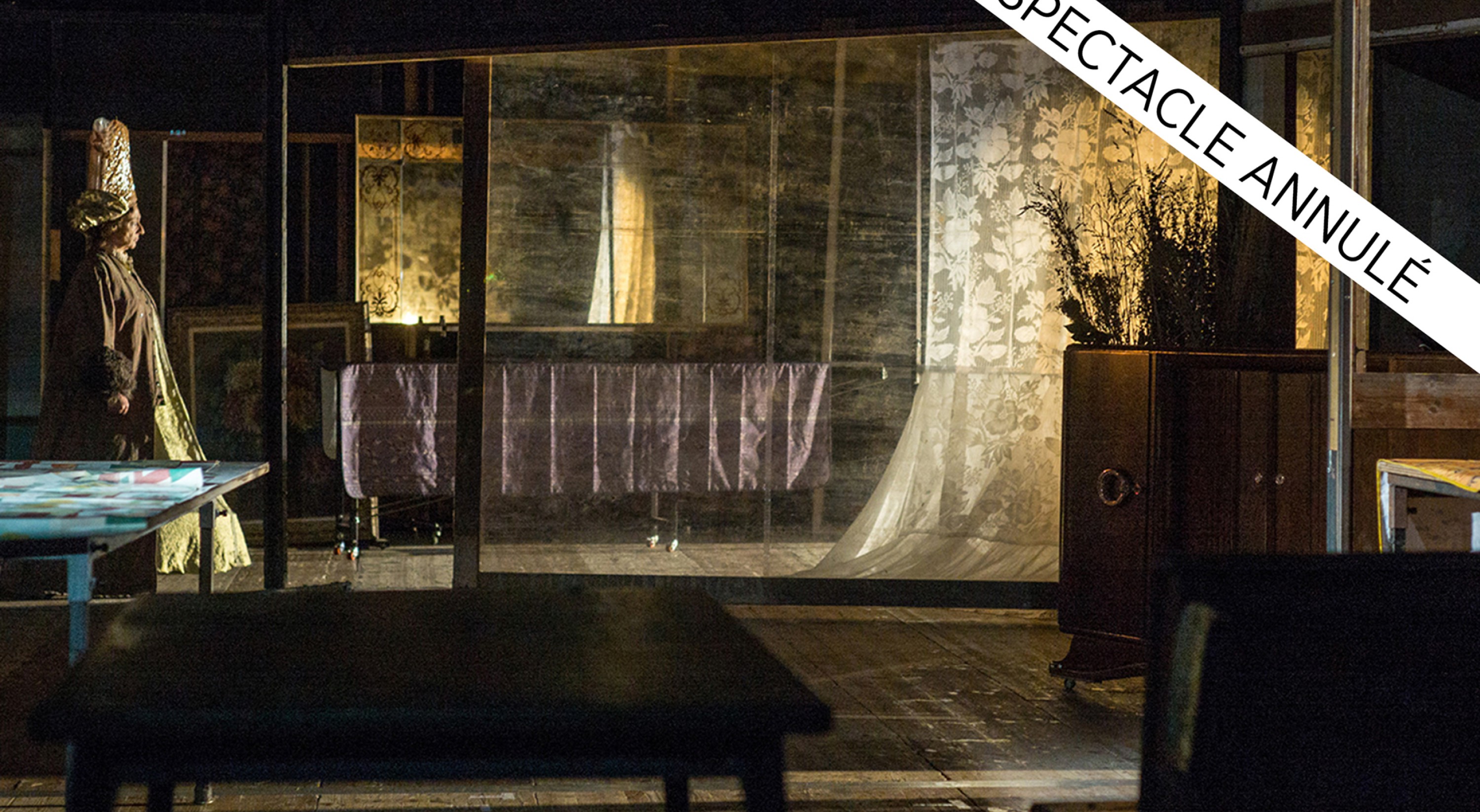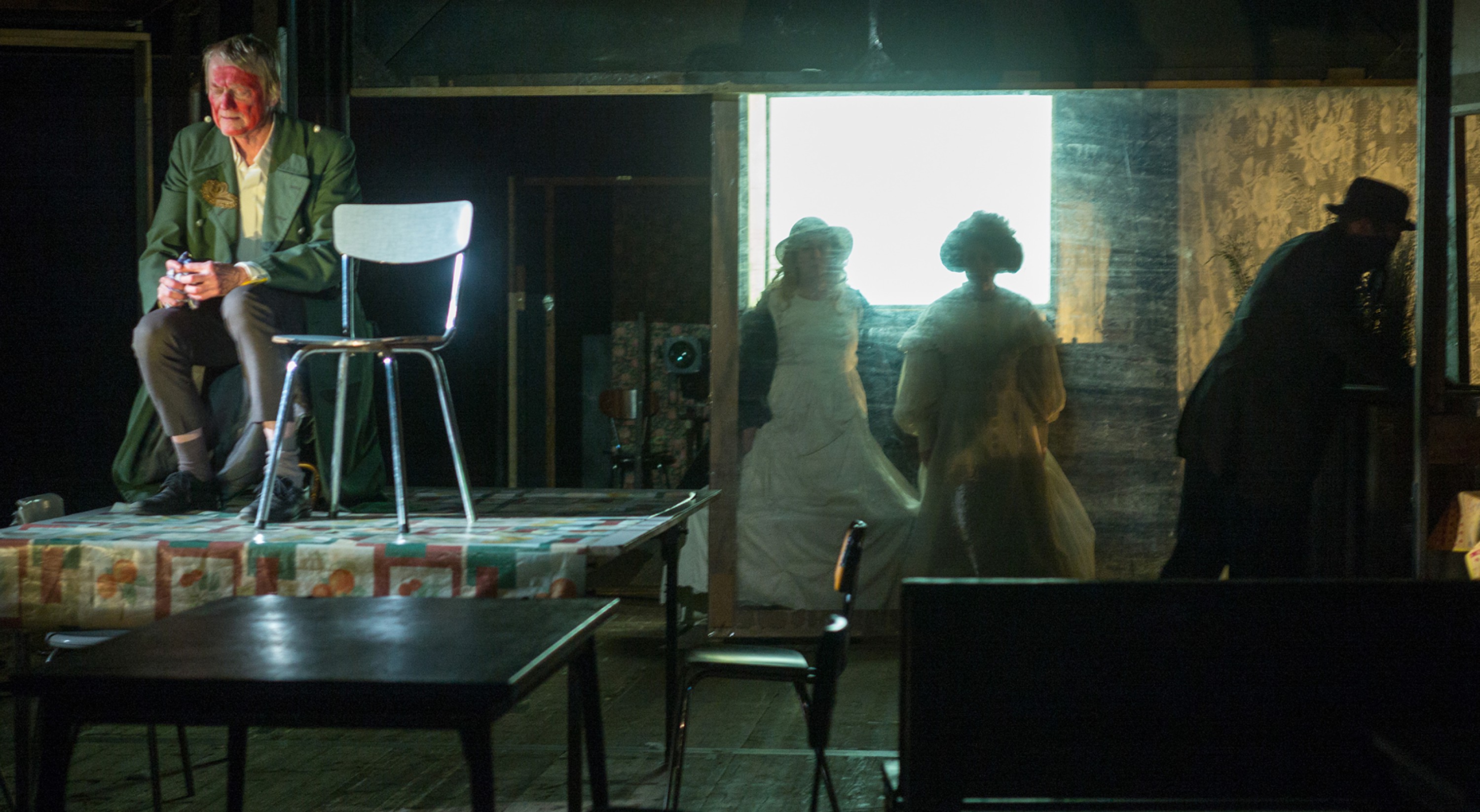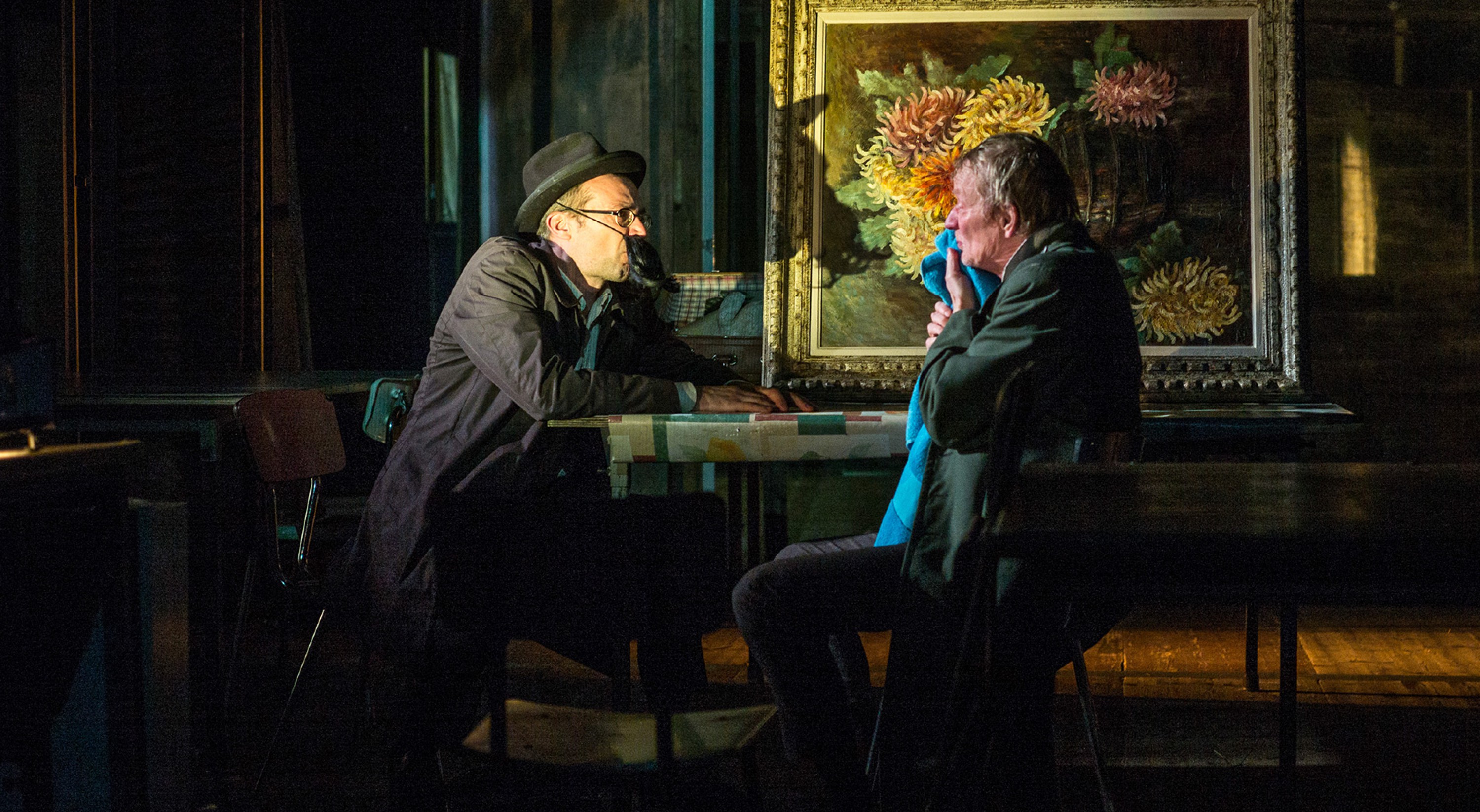Théâtre du Radeau
ITEM
februaryfeb 4 – 14
Directed and stage design by François Tanguy
With Frode Bjørnstad, Laurence Chable, Erik Gerken, and Vincent Joly (cast to be confirmed)
Sound, Éric Goudard, and François Tanguy
Lighting, François Fauvel, Julienne Havlicek Rochereau, and François Tanguy
Set construction, Pascal Bence, Frode Bjørnstad, François Fauvel, Éric Goudard, Julienne Havlicek Rochereau, Vincent Joly, Jimmy Péchard, and François Tanguy
Coproduced by MC2 : Grenoble ; Théâtre National de Strasbourg ; Centre Dramatique National de Besançon Franche-Comté ; Les Quinconces-L’espal Scène nationale du Mans ; T2G – Théâtre de Gennevilliers ; and Festival d’Automne à Paris
Coproduction for the revival Théâtre Garonne – scène européenne (Toulouse) ; Festival d’Automne à Paris
In association with la vie brève – Théâtre de l’Aquarium
First performed on the 5th November 2019 at Les Quinconces-L’espal Scène nationale du Mans
A companion of the Festival d’Automne à Paris for the last thirty years, François Tanguy with ITEM bring us theatre of a unique and poetic nature. The ballet of bodies and decors will undoubtedly be organised down to the last millimetre, the space in perpetual movement and the words transformed into sonorities. Literature, poetry, essay and music blend together in order to serve our eyes and ears up with a rare breed of theatre which continually reinvents itself.
“This is theatre that speaks of theatre, using the means of theatre: it is not a theatre of concepts or notions, Tanguy and le Radeau are not philosophers, even if, when all is said and done, there is no doubt that a question is posed and an answer is given regarding the truth of something, a truth of the theatre and not of theatre. In the same way, this is not political theatre, even though there is a commitment of this theatre to the audience facing it, and to what it shares it common with so many others. These philosophical and political factors underlie this theatre by means of structures or layouts which transport its subject matters to unexpected horizons. It is a form of theatre in which the boards themselves play a determining role, the backstage, lighting, sounds decomposed into words, music, recomposed for an instant into something which must connected with sense and sensation. This is a theatre of wood and actors which achieves what Tanguy calls contemporariness: which no doubt signifies speaking up in the debate on the performance, doing it – without being its representative – not distant from it, but at the very heart of the affairs of theatre. It is already full of theatre, with fables that are sometimes painful and melancholic, sometimes funny and grotesque; sometimes the one and the other might be mixed together in a motif – which is not alone and which is not the same.”
Jean-Paul Manganaro in François Tanguy et Le Radeau, P.O.L., 2008



